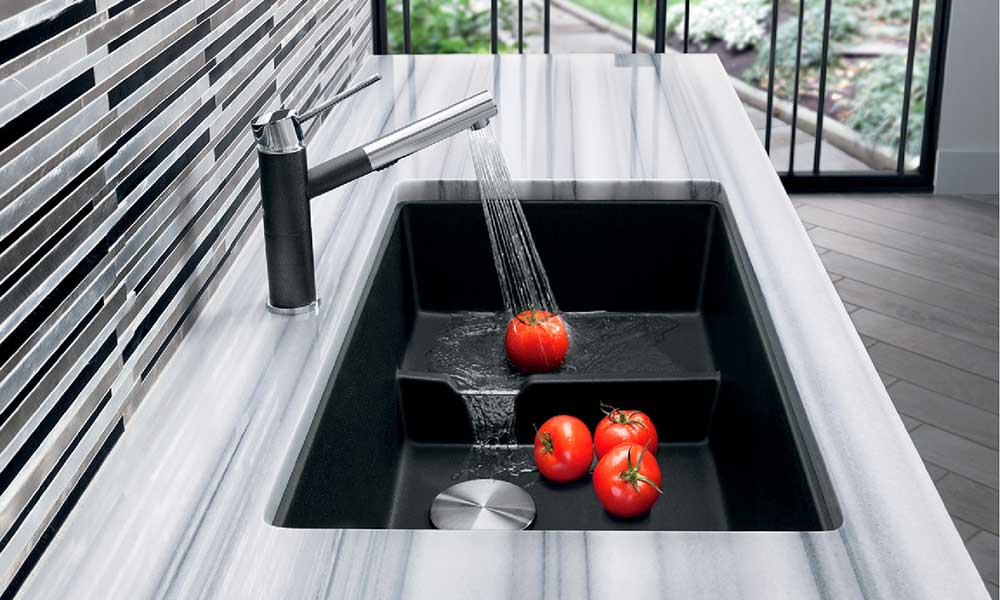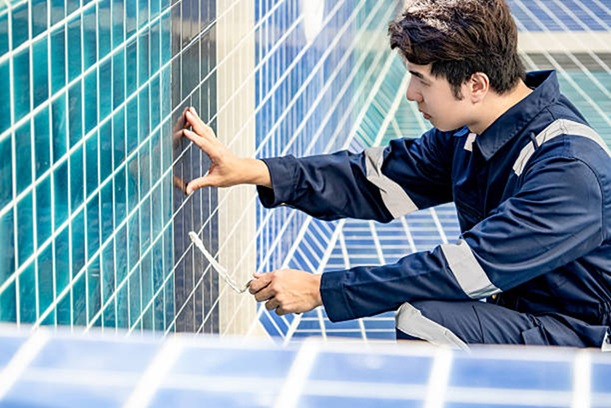When designing or renovating a kitchen, one of the most important decisions you’ll make is choosing the right cabinet material. Cabinets dominate the visual and functional aspects of any kitchen, serving not only as storage spaces but also as tools for organization and design anchors. While traditional materials like wood, plywood, and MDF remain popular, stainless steel kitchen cabinets are emerging as a superior option. Why do so many homeowners and designers now regard stainless steel as the ultimate kitchen cabinet material? This blog will explore the key reasons why stainless steel surpasses traditional options.
What Makes Stainless Steel Kitchen Cabinets Stand Out?
Stainless steel has long been the material of choice for commercial kitchens due to its durability, hygiene, and modern appearance. But its appeal isn’t limited to restaurants and industrial spaces—homeowners are increasingly embracing stainless steel cabinets as a sleek and practical solution for residential kitchens.
Below, we’ll analyze the key features that make stainless steel cabinets an unrivaled choice.
1. Superior Durability
One of stainless steel’s most notable advantages over traditional materials is its incredible toughness. Unlike wood, plywood, and MDF, stainless steel is resistant to common wear-and-tear issues such as:
Warping and cracking (an issue for wood that’s exposed to humidity or temperature changes).
Scratches and dents that frequently plague softer materials.
Long-term structural damage caused by pests like termites.
With stainless steel, you’re investing in a material that lasts decades without breaking down. Its durability ensures cabinets retain their integrity and appearance, even in high-traffic kitchens or challenging environments.
2. Resistance to Moisture and Heat
Kitchens are spaces where exposure to water, heat, and steam is inevitable—even with diligent cleaning and maintenance. Traditional materials such as wood and MDF have their weaknesses:
Wood: Natural wood is highly susceptible to moisture, leading to swelling, warping, rotting, or fading over time.
Plywood and MDF: Engineered woods fight off some of these issues but can still degrade quickly when exposed to excessive moisture.
Stainless steel, on the other hand:
Doesn’t corrode, swell, or sustain damage from water.
Can handle steamy environments without losing its shape.
Is fire-resistant, making it the safest material in kitchens prone to heat.
If you’re looking for cabinets that can withstand the busiest kitchens, stainless steel is the winner.
3. Unmatched Hygiene Standards
Hygiene should always be a top priority for kitchens. Food preparation can lead to spills, grime, and crumbs accumulating in hard-to-reach places. With traditional wood or MDF cabinets, their porous nature allows mold, bacteria, and germs to flourish. Cleaning becomes a meticulous and often frustrating task.
Stainless steel offers non-porous surfaces that:
Prevent bacterial growth and mold formation.
Can be cleaned with ease using basic household disinfectants.
Are ideal for kitchens focused on cleanliness, especially in families with young children or strict dietary requirements.
The sanitary benefits of stainless steel far outweigh wood-based alternatives, making it the material of choice for health-conscious homeowners.
4. Maintenance Made Simple
Traditional cabinet materials often require extensive, ongoing maintenance to retain their structural integrity or aesthetic appeal:
Solid wood: Requires periodic polishing or refinishing to prevent cracking or fading.
Plywood: Needs adhesive repairs to address peeling edges and delamination.
MDF: Often damaged irreparably by water or heavy items, necessitating replacements.
Stainless steel eliminates these hassles—its surfaces only need regular wiping to maintain their sleek look. Its hassle-free upkeep means less time spent cleaning and more time enjoying your kitchen.
5. Aesthetic Versatility
While wood is often praised for its natural and traditional look, stainless steel offers a sleek, contemporary aesthetic that complements modern kitchens. Features of stainless steel cabinetry include:
Sleek Finish: Stainless steel redefines luxury and sophistication, lending a polished, futuristic appearance to a kitchen.
Neutral Color Palette: It pairs beautifully with almost any design scheme, whether it be minimalistic, industrial, or high-tech.
Consistency: Unlike wood cabinets, stainless steel doesn’t discolor, fade, or show inconsistencies over time.
For kitchens that demand a bold yet clean style, stainless steel is the golden ticket.
6. Eco-Friendly and Sustainable Choice
When compared to wood and engineered materials (like MDF), stainless steel is the clear eco-friendly choice:
Recyclable Material: Stainless steel can be fully recycled, reducing landfill waste.
No Chemical Emissions: Unlike MDF and plywood, which often contain toxic adhesives like formaldehyde, stainless steel doesn’t release harmful substances into indoor spaces.
Long-lasting durability reduces waste from replacements and repairs.
If sustainability and environmental responsibility matter to you, stainless steel is the better choice.
The Drawbacks of Stainless Steel Cabinets (and How to Address Them)
While stainless steel outshines traditional options in most areas, it does have a few drawbacks. Here’s a look at potential concerns and how to mitigate them:
Higher upfront cost: Stainless steel cabinets cost more than plywood or MDF options in the short term. However, their longevity ensures far fewer replacements or repairs, making them cost-effective over time.
Prone to fingerprints and smudges: Stainless steel surfaces can reveal fingerprints and smudges, especially if polished. Choose finishes with anti-smudge coatings or clean with specialized stainless steel cleaners.
Modern look may not suit all tastes: For those who favor a classic or rustic aesthetic, stainless steel might feel too cold or industrial. However, stainless steel can be paired with wood elements or softer accents to balance the visual effect.
Is Stainless Steel the Ultimate Kitchen Cabinet Material?
While traditional materials like solid wood, plywood, and MDF have their merits, stainless steel sets itself apart with unmatched durability, hygiene, resistance to moisture and fire, low maintenance, and eco-friendly characteristics.
Stainless steel cabinets aren’t just the smart choice for busy or modern kitchens—they’re an investment in a long-lasting, sanitary, and stylish design. Whether you’re designing an ultramodern culinary hub or a practical family-friendly space, stainless steel offers endless possibilities and advantages compared to traditional materials.




